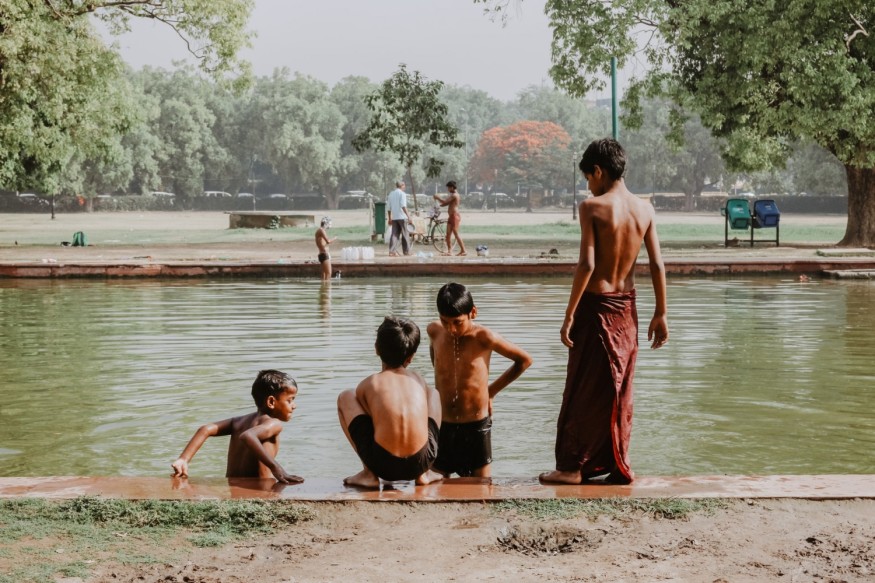Climate change is defined as a long-term shift in the average circumstances of a region, such as a temperature and rainfall. According to the IPCC study, India is the world's third greatest carbon emitter, releasing hazardous compounds that all add up to one thing: climate change.
To avoid global catastrophic climate change, the Paris climate objective is to keep the world average temperature rise well below 2 degrees Celsius, with a goal of 1.5 degrees Celsius.
Despite the worldwide drive to reduce carbon emissions and waste management, India continues, contributing to global warming. But there's something in this IPCC report that the world's second-most populous country and was placed seventh in a key climate risk index in 2019 should not be ignored.
Changes That Are Irreversible as a Result of Unchecked Global Warming

Continuing global carbon emissions has been a problem for decades, and it continues to be a problem now. Experts don't appear to check on it until major changes have been noticed and felt by humans. Being able to safeguard what is left may be just what we require right now.
According to climate experts, this might indicate that extreme weather occurrences impacted by such disrupted climatic systems, will continue to worsen, as will their consequences.
As a result, because the harm has already been done, it is irreparable. It is within our power to prevent things from deteriorating further. Being able to preserve and save what is left may be just what we require right now.
"Some climate systems have locked in [because of the warming humans have caused],"
"So, even if we stopped all carbon emissions, there will be some damages."
Professor Jonathan Bamber of the University of Bristol, a glaciologist who was one of the writers of the most recent IPCC report, told the BBC.
Sudden Changes to Asia Due to Immense Global Warming
Heatwaves and humid heat stress are expected to become more extreme and frequent in South Asia over the twenty-first century, according to the IPCC study. As the Glaciers melt and water levels increase globally, Asia will be the most affected due to its geographic location and natural landforms. Flashfloods from the extreme rainfall is expected, landslides from the affected areas, as with the extreme heat causing droughts affecting farmers, and possible wildfires across Asia's great forests.
As all the possible consequences have been laid out. The most affected aspect of each country is its economic stability. Natural occurring phenomenon ranges from light to extreme results economic losses. The government will be giving aids to the affected people and areas which can be used for other uses if not because of the climate changes in the vicinity.
Southeast Asia, according to the Asian Development Bank (ADB), might incur worse losses than the rest of the globe. Climate change is expected to slash 11% off the region's GDP by the end of the century, since it has a larger impact on agriculture, tourism, and fisheries.
© 2026 NatureWorldNews.com All rights reserved. Do not reproduce without permission.





